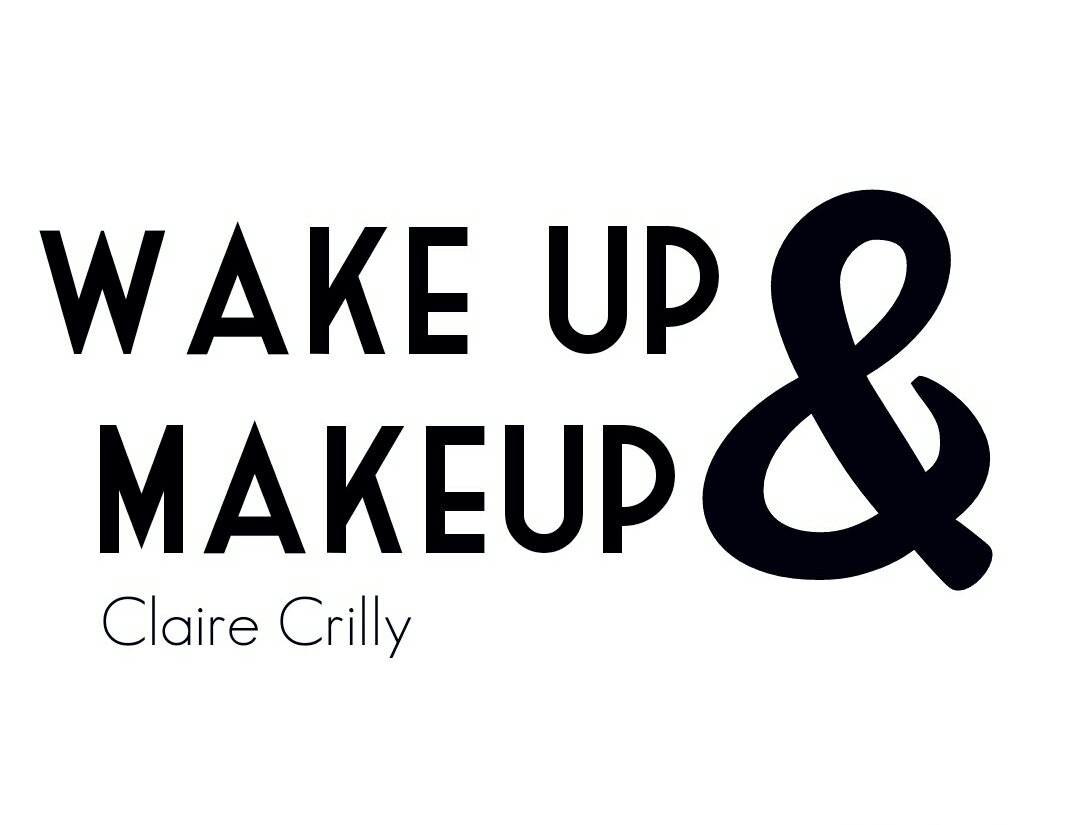As Philoctetes in Hercules said: 'A hero is only as good as his weapon'. That being said, a make up artist needs good tools. Brushes are an essential part of any good kit, however, with so many to choose from, it can be difficult to know what you need. The right brush will give you the best finish and maximise the quality of the products you're using.
Until I learned what brushes different brushes were used for, and what I actually needed, I would mindlessly buy more and more and still find them to not really be right. So I decided to compile this little guide to help you figure out what you need and when you need it.
The Basics
Anatomy of a makeup brush
Almost every makeup brush is made from the head (bristles) and body (ferrule and handle).
Bristles can be natural or synthetic, and the handle can be wood or plastic. The ferrule is the connector between the bristles and handle and is usually metal.
Natural or synthetic?
Choosing between natural or synthetic bristles does make a big difference, believe it or not. Synthetic brushes are slightly more suited to liquid or cream products compared to natural brushes, as the hair is smoother and has less naturally occurring blemishes and doesn't trap products as much.
Natural bristles are fantastic to use with powder products as they blend them so well, and give a beautiful finish.
Natural: pony, goat, squirrel, sable, horse, badger
Synthetic: acrylic, taklon
Types of Brushes
Makeup brushes can be divided into two main categories: face brushes and eye brushes.
Eye brushes are an extensive category but can include:
Definer
Smudger
Blender
Pointed liner
Angled liner
Crease blender
Basic eyeshadow
And all can be small medium or large but I think my fingers may fall off if I try to list them all.
Claire x



No comments:
Post a Comment